5. Peeping Tom (1960, Micheal Powell)
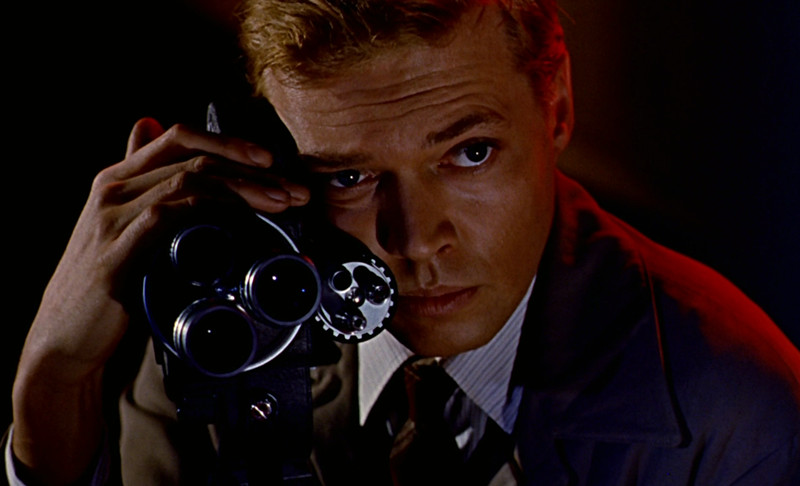
‘Peeping Tom’ effectively ended the career of legendary director Micheal Powell (‘The Red Shoes’, ‘A Matter of Life and Death’). Contemporary critics compared it to leper colonies, called it beastly and Powell was compared to Marquis de Sade. While ‘Peeping Tom’ is not particularly violent or sadistic to hardened present day watchers, it has retained its deeply uncomfortable power over the audience.
‘Peeping Tom’ follows Mark Lewis, the titular voyeur, who likes to film women while he kills them.
That the film has some interesting things to say about his audience, cinema being a form of voyeurism, probably did not sit well with many critics. Most people don’t like to be compared to serial killers. It also didn’t help that Karlheinz Böhm plays murderer Lewis with uncomfortable sensitivity. But in the end it is these factors that make ‘Peeping Tom’ such an enthralling watch, and still unsettling after half a century.
Perhaps present day audiences were what this movie needed; the regular (horror) film watcher nowadays is more desensitized and can overlook the, mostly implied, violence to see the impressive filmmaking at work in ‘Peeping Tom’. It is therefore not strange that the film has undergone a true rediscovery and is now seen as an absolute classic by critics like Roger Ebert or Martin Scorsese.
4. Profondo Rosso (1975, Dario Argento)
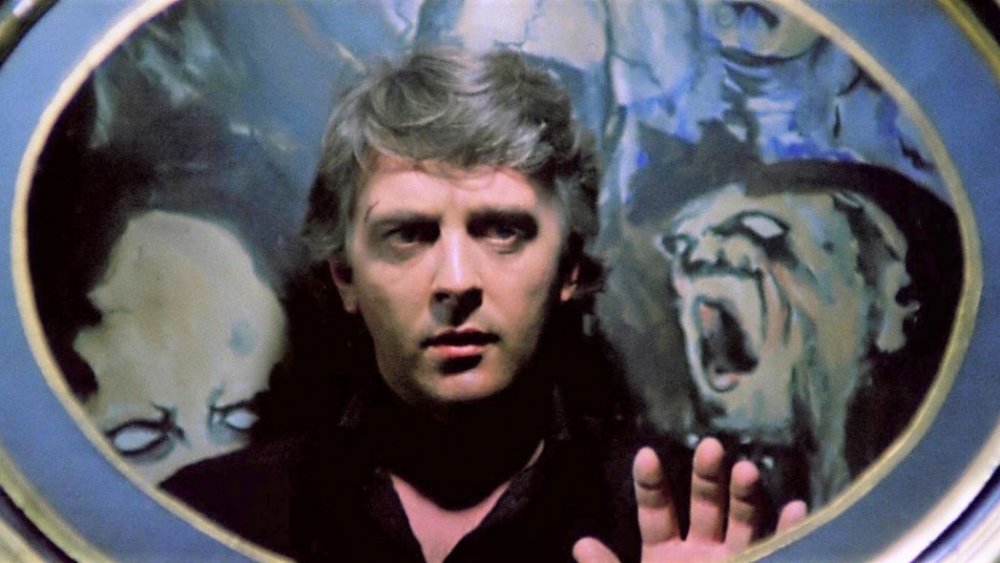
‘Profondo Rosso’, or in less poetic English ‘Deep Red’, is a classic giallo. The genre ‘giallo’, meaning yellow in Italian after the yellow paperbacks the films draw inspiration from, is a horror-mystery genre. Think of such tropes as killers with leather gloves whose identity remain a mystery until the end. ‘Profondo Rosso’ distinguishes itself in the genre by a strong script, solid lead performance and excellent visuals (as to be expected from director Dario Argento).
‘Profondo Rosso’ stars David Hemmings as Marcus Daly, a typical neo-noir stand-offish hero. Daly is a jazz pianist who gets caught up in investigating a series of murders. Director Argento put extra care in the gore, trying to make it more relatable and thus more painful for the audience. Furthermore ‘Profondo Rosso’ has the band ‘Goblin’, Argento regulars, with an excellent soundtrack to fit the mood and the visuals. Classic giallo and classic Argento, a great entrance in the genre for the uninitiated.
3. Henry: Portrait of a Serial Killer (1986, John McNaughton)
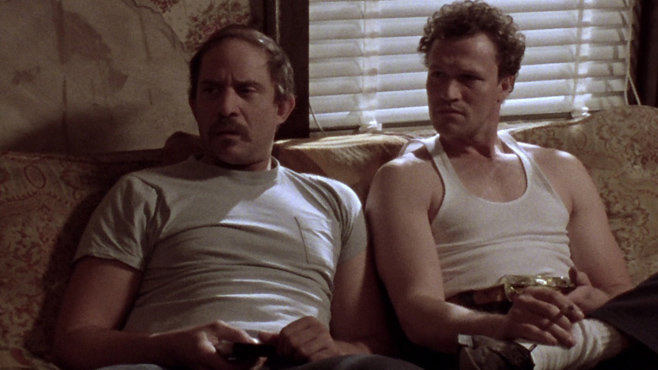
Henry Lee Lucas was a real serial killer who confessed to over a hundred murders. In the end Lucas did not kill that many people. He just confessed for petty goodies like dinners and TV privileges. That does not mean that the crimes he did commit were not absolutely chilling, they were, and Lucas was convicted for 11 murders and condemned to death. ‘Portrait of a Serial Killer’ follows a very specific period in Lucas’ life, him coming out of prison and meeting up with his old buddy Otis (also based on a real-life serial killer) and Otis’ sister Becky.
Each time the two go out of the house the tension gets nearly unbearable; you never know what is going to happen. Besides the danger the Lucas and Otis pose to the outside world, their relationship is also tense, especially over the fragile Becky who falls for Lucas. Michael Rooker plays Lucas as a coldly intense but with seeming emotional depths hiding underneath. ‘Portrait’ is a very nihilistic film about the very lowest form of people, murderers and perverts, without any discernible morals. Only for the watchers who can stomach the absolute miserable.
2. Cure (1997, Kiyoshi Kurosawa)
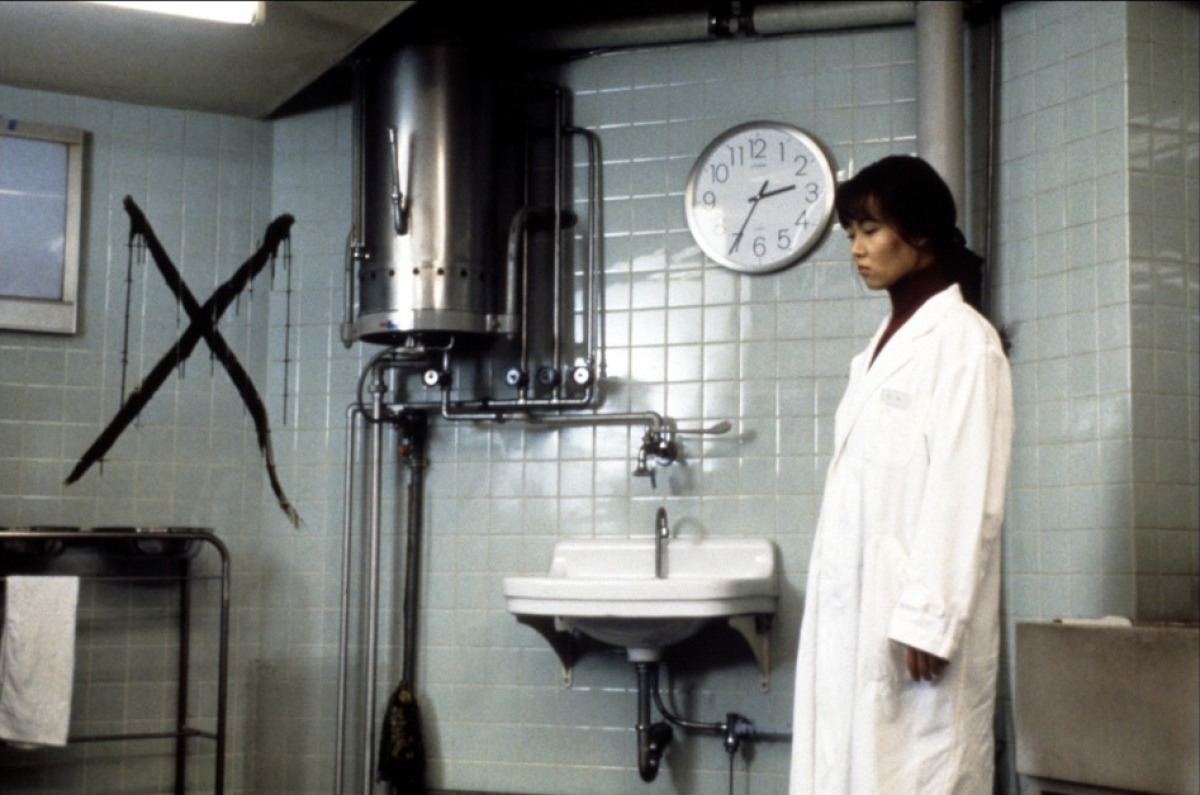
‘Cure’ by Kiyoshi Kurosawa is a slow-moving, moody detective story drawing inspirations from directors like David Lynch. The film follows detective Kenichi Takabe who investigates a series of murders where the suspects have no recollection of what they did. One connection that starts to arise is that they all came in contact with an individual, seemingly without name or story.
‘Cure’ is a deliberately crafted film, every frame and every jump-cut seems to have a specific meaning. It is also a strangely constructed film: it starts off confusing, and just when the film seems to reach a point where events start fitting together it disintegrates again. Like with Lynch one is invited to use ones intuition to makes sense of what is happening. One of the greatest achievements of Kurosawa in ‘Cure’ is the deep sense of unease, the permeating feeling in every frame that something very bad, evil, is going on here. And is that not just what you want in a horror film?
1. Possession (1981, Andrezj Zulawski)
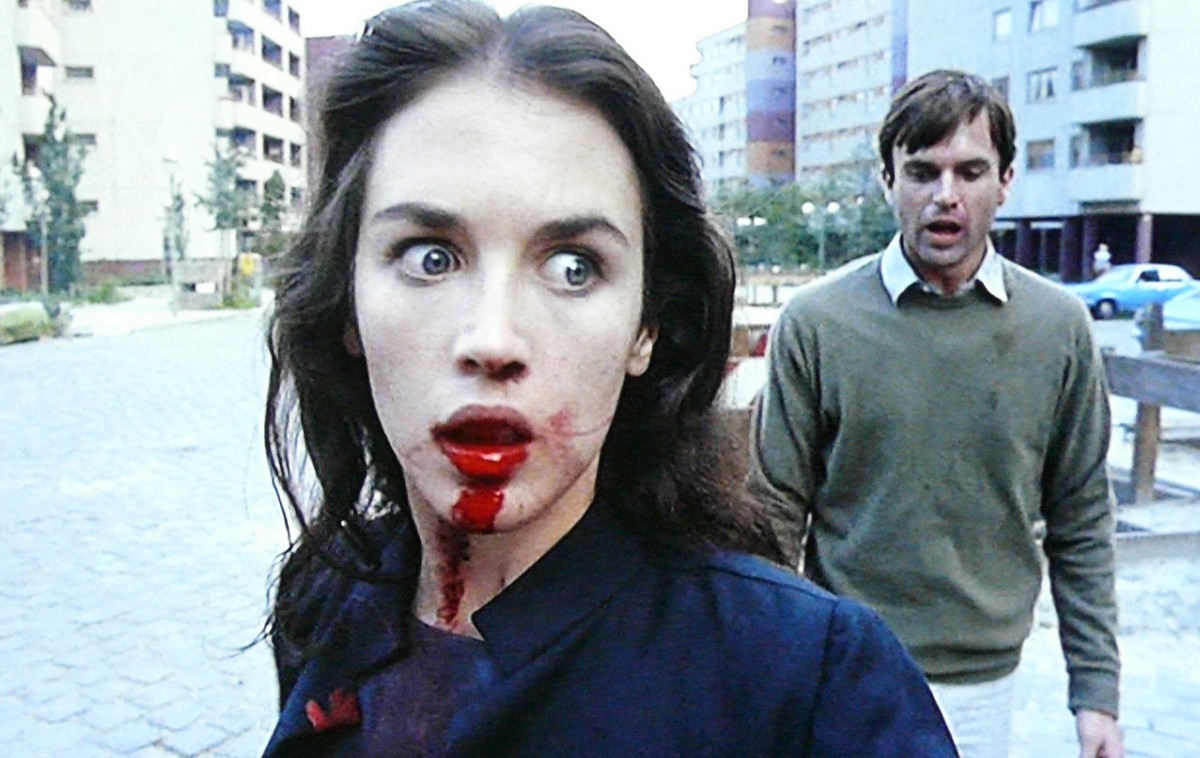
‘Possession’ by Andrezj Zulawski tells the story of a messy break-up that develops in an increasingly violent way descending into surreal madness. Zulawski was inspired by the break-up with his first wife and the raw emotions are amplified on the screen. Think of a scene where Isabelle Adjani’s titular possession is shown as her screaming and trashing in a subway hallway. Or the scene where a car crashes in the background during one of the couples arguments just to add that emphasis on the anger.
Sam Neill, the male counterpart of the couple, plays Mark as a character bursting out of his seams with emotion but it is Adjani as Anna that steals the show. She conveys such a range of emotions from being absolutely terrifying to vulnerable, from mad to sexy, that it is no wonder Adjani was emotionally exhausted after the film.
In the second part ‘Possession’ enters the horror territory more. Anna’s female sexuality (a thankful subject in many horror films) expresses itself in grotesque ways, as seen through the eyes of Sam Neill’s character. In turn his male emotions are shown as destructive force of blind anger and jealousy impacting the environment around him.
In short ‘Possession’ is not your average horror film. It is as much a drama as it is a Cronenbergian body-horror and it takes mixes in cues from the religious ideas of possession like so many films do. It might disappoint the viewer that comes for more simple horror thrills, but will surprise the viewer interested in what unique things can be done with the genre.